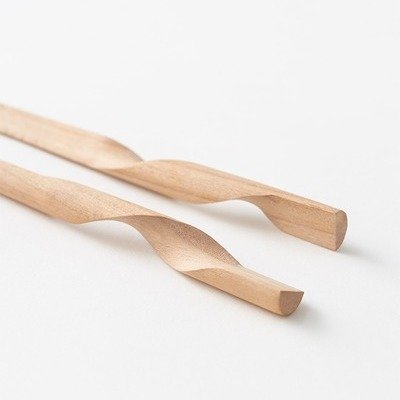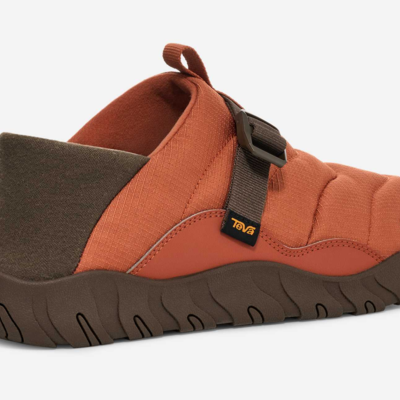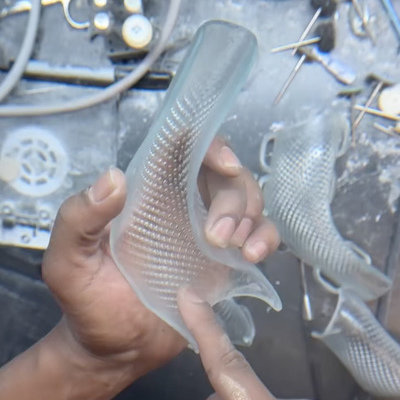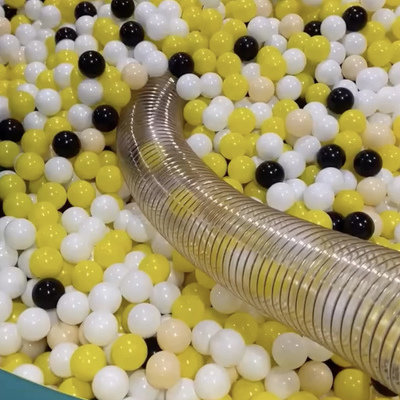IMM Cologne 2015
Once again, design lovers from all over the world flocked to the city on the Rhine to browse the newest in furniture and interiors, but increasingly also other areas of design and related fields. There's lots to cover within one week: the huge trade fair IMM itself, plus the expansive parallel event Passagen, which is spread across the city and includes many group exhibitions, talks and associated shows like Cologne Music Week.
What started in 1949 as a business event for the furniture trade to show off their new sofas and kitchens has developed into a platform for everything creative. This year there was a visible movement towards withdrawing from the current turmoils of the outside world into a home of coziness, faux patina and decoration. However, the most exciting trends for me were not within the physical objects themselves, but in the realm of the invisible around them: The space between the object and the user, the relation of the object to a wider system, the coming to life, maintenance and afterlife of a product, or its ability to change and adapt.
User experience and interaction
Climbing through a re-imagined bunker, painting ephemeral light strokes on luminescent walls, playing music on laser rays, sending binary smoke signals and turning on magically hovering lamps were amongst the experience design highlights this year. Ideas and components making this possible included electromagnetic induction, Arduino microcontrollers, 3D printed luminescent textures and storytelling in reused spaces.
Systemic approaches
Old and new masters of the trade were honoured in the exhibition System Design at MAK. Misunderstood by many, loathed by some, but a proven winner in a multitude of classic design concepts, systems-thinking was demonstrated in a large exhibition showing everything from humble everyday objects to sneakers and visual identities. Other integral approaches on show this week even aim to improve existing systems through design for social change, like cucula's pilot project for the integration of refugees in Berlin.
Product life cycles
New forms of making were shown in examples of algorithm-based shapes borrowed from engineering and nature, and homogenous recyclable materials striving to preserve the latter. Many products aim for longer life spans through modularity to allow for easy maintenance, but also through adaptive use and space saving construction.
-
o1Favorite This
-
QComment
K
{Welcome
Create a Core77 Account
Already have an account? Sign In
By creating a Core77 account you confirm that you accept the Terms of Use
K
Reset Password
Please enter your email and we will send an email to reset your password.




